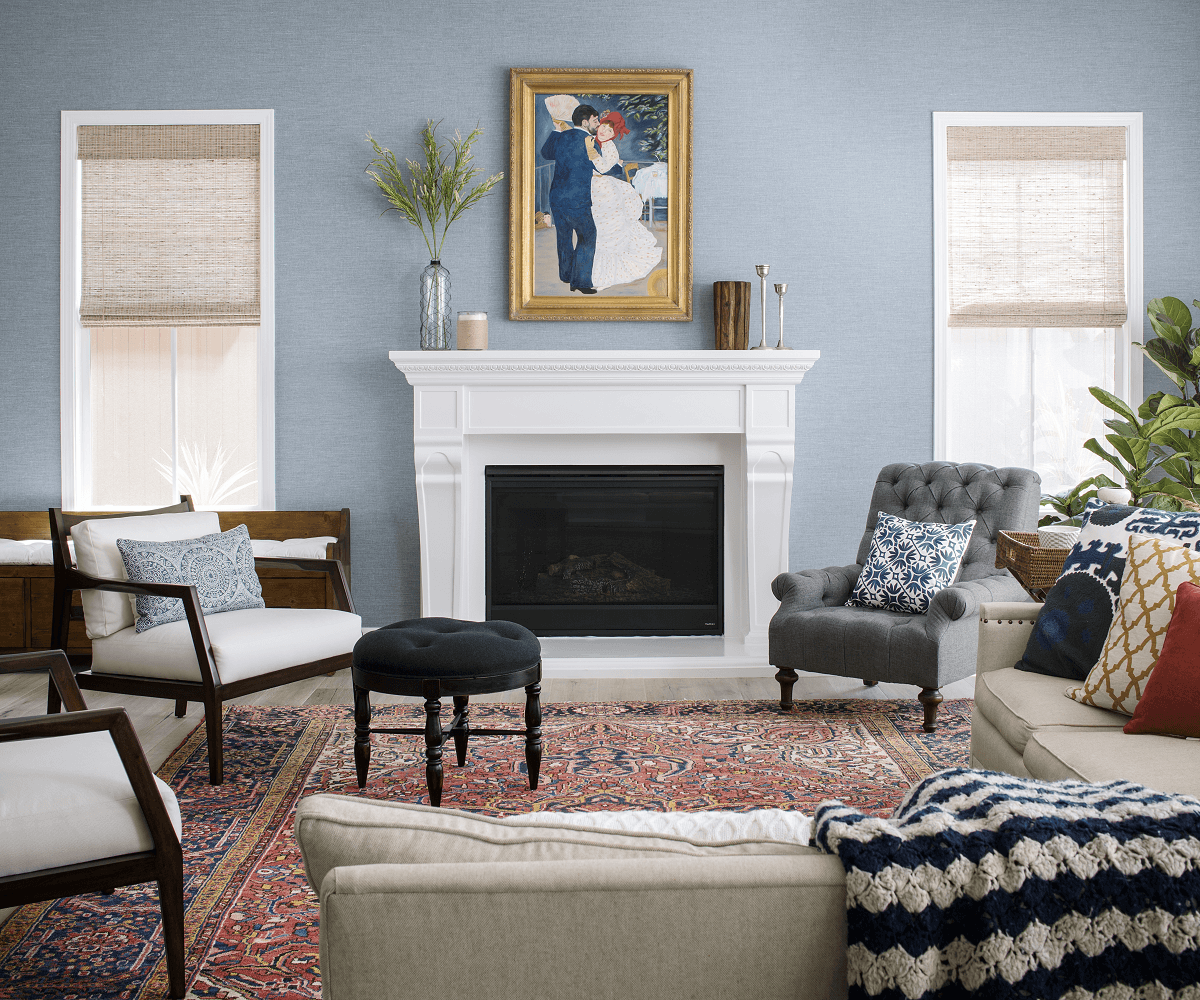Transitional Decor Styles

Transitional decor styles seamlessly blend elements of traditional and contemporary design, creating a timeless and sophisticated aesthetic. They are characterized by their ability to bridge the gap between classic and modern, resulting in a harmonious and cohesive interior space.
Transitional decor seamlessly blends the charm of traditional styles with the sleekness of modern design. For a touch of football fandom, incorporate Manchester City wallpaper featuring iconic images of the team or stadium. This subtle nod to your passion for the sport adds a personal touch while maintaining the sophistication of your transitional decor.
Transitional decor styles often incorporate neutral color palettes, such as beige, gray, and white, which serve as a backdrop for bolder accent colors. These accent colors can be used to add a touch of personality and style to a room, while still maintaining a sense of balance and sophistication.
Transitional decor blends the old and the new, creating a timeless and elegant aesthetic. This style can be easily incorporated into salon interior design , where it creates a welcoming and sophisticated ambiance. Transitional decor features neutral colors, classic furnishings, and modern accents, resulting in a space that is both inviting and stylish.
Popular Design Elements
Some of the most popular design elements found in transitional decor styles include:
- Neutral color palettes
- Bold accent colors
- Clean lines and simple silhouettes
- Natural materials, such as wood, stone, and leather
- Traditional and contemporary furniture pieces
- Geometric patterns and textures
Versatility of Transitional Decor
Transitional decor styles are incredibly versatile and can be used in a variety of room settings, from living rooms and dining rooms to bedrooms and home offices. They are a great choice for those who want to create a timeless and sophisticated look that will never go out of style.
Examples of Transitional Decor
Here are some examples of transitional decor styles in different room settings:
- A living room with a neutral color palette, bold accent colors, and a mix of traditional and contemporary furniture pieces.
- A dining room with a dark wood table, upholstered chairs, and a geometric rug.
- A bedroom with a white bed frame, gray bedding, and a mix of traditional and contemporary artwork.
- A home office with a white desk, black leather chair, and a geometric rug.
Incorporating Transitional Decor into Your Home

Transitional decor seamlessly blends elements from traditional and modern styles, creating a timeless and sophisticated aesthetic. To incorporate this style into your home, consider the following tips:
Selecting Furniture, Accessories, and Textiles: Choose pieces that combine classic lines with contemporary details. For example, a wingback chair upholstered in a neutral fabric with clean, straight lines adds a transitional touch. Accessories, such as lamps with sleek metal bases and textured ceramic shades, further enhance the blend of old and new.
Balancing Classic and Contemporary Pieces
The key to a successful transitional look is balance. Too many traditional pieces can create a heavy, dated feel, while an overabundance of modern elements can result in a cold, impersonal space. Aim for a harmonious mix that incorporates both classic and contemporary elements, such as a traditional sofa paired with a modern coffee table or a vintage rug complemented by a contemporary chandelier.
Design Elements for Transitional Decor
/transitional-design-ideas-3-bespoke-only-wilton-a95faa62a93c454583162a94d1f92118.jpeg)
Transitional decor seamlessly blends classic and contemporary styles, creating spaces that are both elegant and inviting. Its essence lies in the careful selection and arrangement of design elements that harmoniously coexist, fostering a timeless aesthetic.
The key to achieving a cohesive transitional space is to strike a balance between the two contrasting styles. This involves incorporating traditional elements, such as architectural details, with modern furnishings and finishes. The result is a space that exudes sophistication and comfort, inviting you to relax and unwind while surrounded by timeless beauty.
Architectural Details
Architectural details are the foundation of any transitional space. They provide a sense of structure and permanence, while also adding character and visual interest. Common architectural details in transitional decor include:
- Crown molding and baseboards: These classic elements add a touch of elegance and sophistication to any room.
- Built-in shelves and cabinetry: Built-ins provide both storage and display space, and can be customized to fit the specific needs of your home.
- Fireplaces: A fireplace is a timeless focal point that adds warmth and ambiance to any space.
Lighting Fixtures
Lighting plays a crucial role in creating the overall atmosphere of a space. In transitional decor, lighting fixtures are often a mix of traditional and modern styles. Common lighting fixtures in transitional decor include:
- Chandeliers: A chandelier is a classic lighting fixture that can add a touch of glamour to any room.
- Sconces: Sconces are a versatile lighting fixture that can be used to provide both ambient and task lighting.
- Recessed lighting: Recessed lighting is a modern lighting fixture that can be used to create a clean and minimalist look.
Flooring Options
Flooring is another important design element in transitional decor. The type of flooring you choose can have a significant impact on the overall look and feel of your space. Common flooring options in transitional decor include:
- Hardwood floors: Hardwood floors are a classic choice that adds warmth and elegance to any room.
- Tile floors: Tile floors are a durable and easy-to-clean option that can be used in both traditional and modern spaces.
- Carpet: Carpet is a soft and comfortable flooring option that can add a touch of luxury to any room.
When choosing design elements for your transitional decor, it is important to consider the scale, proportion, and texture of each element. Scale refers to the size of an object in relation to the space it occupies. Proportion refers to the relationship between the different elements in a space. Texture refers to the surface quality of an object. By carefully considering these three factors, you can create a harmonious and visually appealing transitional space.